
 By Eliza Popova
By Eliza Popova
The hit of drones in the substation and power lines led to the disconnection of tracks, delays of trains in the Dnieper and Odessa directions. According to Ukrzaliznytsia representatives, the dispatchers immediately stopped the echelons at a safe distance from the lesion zones to avoid catastrophes. In total, 20 backup locomotives were used, and the routes of some trains and suburban trains were adjusted.
In particular, in Cherkasy region there were direct hit of drones into railway substations, which caused the paths. Ova Chief Igor Storerets confirmed the strikes on critical infrastructure, emphasizing the threat to the region. The head of the UZ Oleksandr Pertsovsky said: the most serious delays - in the Dnieper direction, where tens of kilometers of tracks remained without light. In the Kirovograd region, the Dronova attack caused fires in three locations.
The State Emergency Service (SES) reports that more than 60 rescuers with 14 units of special equipment have gone for extinguishing. "There is no information about injured or dead. All emergency services are on site," the SES said. Rescuers promptly localize the fire, but the consequences are felt throughout the network: from Kharkiv to Odessa.
Military expert Oleg Zhdanov notes that the systematic strikes of Russia on the railway infrastructure of Ukraine are reminiscent of the tactics of 2022-2023. These attacks are of strategic importance aimed at the destruction of logistics, which is key to Ukraine's military and economic stability. In particular, in his opinion, in 2022-2023 such attacks of rockets and drones of the Shahamed type caused significant delays in train, breaking passenger and freight.
In 2025, Russia again intensified this strategy, realizing that logistics was the basis of Ukrainian defense. The railway plays a critical role in the supply of military equipment, ammunition, fuel and humanitarian goods. For example, tanks or armored vehicles cannot be efficiently delivered by high -distances by highways, so the railway network is the main artery for the Armed Forces.
Zhdanov notes that Russia has changed priorities: if earlier the main target was energy infrastructure, now the emphasis has shifted to transport logistics. This is due to the fact that Ukraine depends largely on the support of Western partners - the supply of weapons, equipment and humanitarian assistance, which often go by rail. Violation of these pathways can lead to delays on the front, weakening of the Armed Forces and economic pressure on the civilian population.
Attacks on railway junctions, such as in Cherkasy or Kirovograd regions, on September 17, 2025, caused tens of trains and tracks, which confirms the seriousness of the threat. "Russia has also realized the effectiveness of logistics attacks, as it has suffered similar blows. Ukrainian operations against Russian logistics, such as guerrilla actions or strokes in the Russian Federation, delayed the introduction of Russian technology for summer-autumn onset of 2025.
The Russian Federation to similar tactics against Ukraine is the destruction of logistics chains to weaken defense, " - says focus an expert. According to Zhdanov, Russia's strikes on rail infrastructure have far -reaching consequences. First, they complicate the supply of the Armed Forces, which can affect the efficiency of maneuvers or the provision of troops of ammunition. Secondly, passenger trains delay are inconvenient for civilians, in particular during evacuation or humanitarian missions.
For example, on September 17, the attack caused suburban flights in Cherkasy and Kirovograd regions and delayed international trains to Poland. Third, the economic effect: the railway transports export loads of grain, metal, and interruptions threaten Ukraine's financial stability. "Russia consciously chooses rail infrastructure as a target because it is less protected than energy, and its damage causes a chain reaction.
For example, the substation is stopped not only by trains, but also violates the signaling, which complicates the coordination of movement. Two key approaches are offered to counteract the attacks of Zhdanov. The first is the physical protection of infrastructure. This includes the strengthening of traction substations, the construction of protective structures or the transfer of critical objects underground. However, this approach requires considerable time, resources and coordination.
For example, building shelters for substation is a long -term project that is complicated by war and lack of funding. UZ is already working on recovery, but the scale of attacks exceed the speed of repairs. The second and, according to Zhdanov, the most effective way is to "close the sky". This involves increased air defense and aviation to intercept Russian rockets and drones.
Modern air defense systems, such as Patriot, NASAMS, or GEPARD, can effectively destroy Shahda and ballistic missiles, but their number is limited. Zhdanov emphasizes that success depends on the western partners who supply weapons. Without additional supplies of air defense or aircraft, Ukraine will not fully protect the critical infrastructure. We will remind, on the night of September 16 Russian troops attacked Ukraine with ballistic missiles and drones of "Shahed".


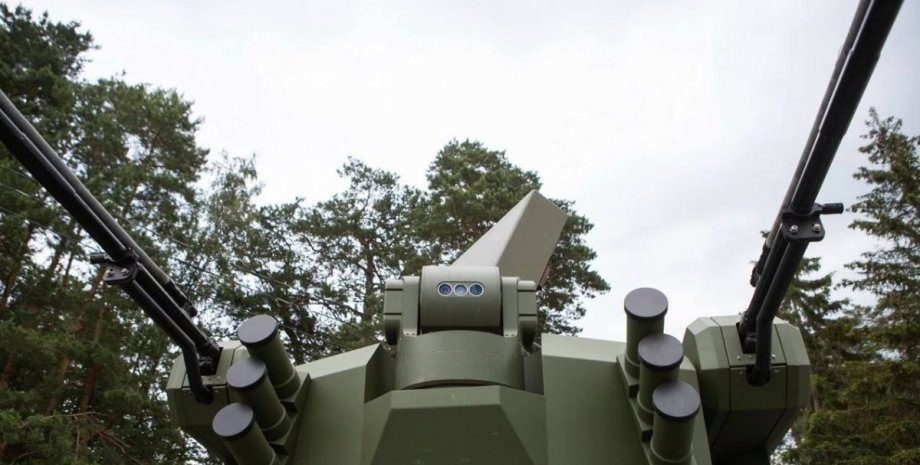
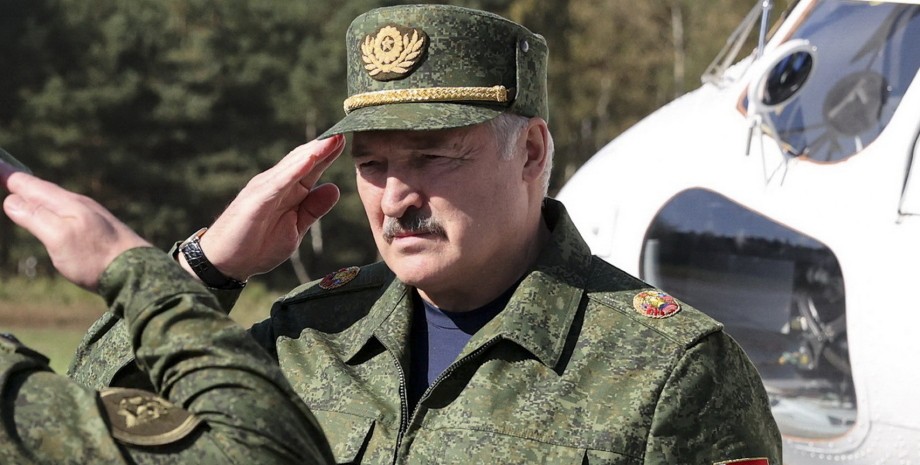
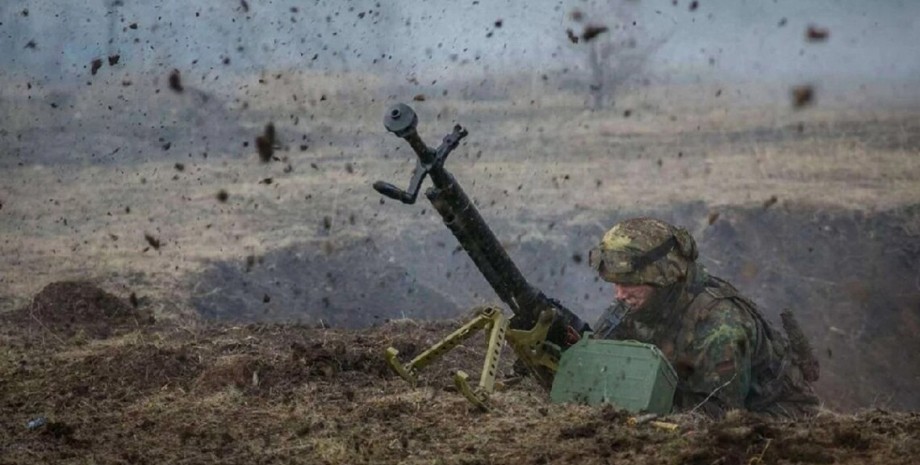

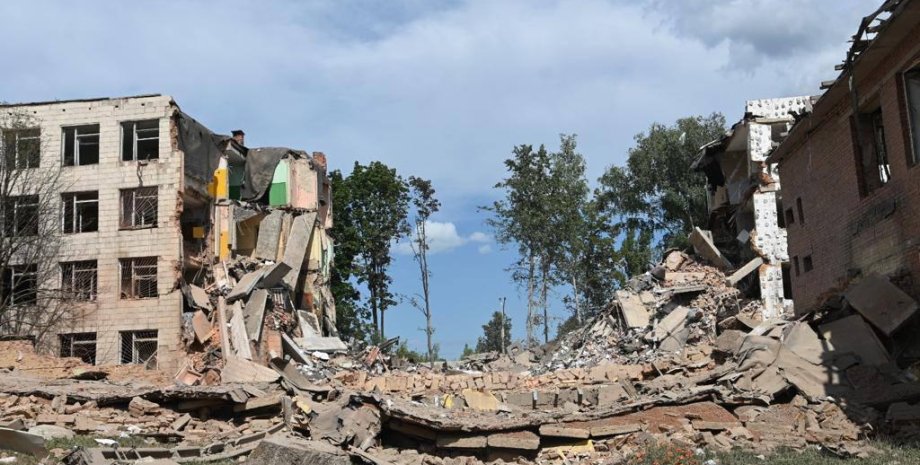
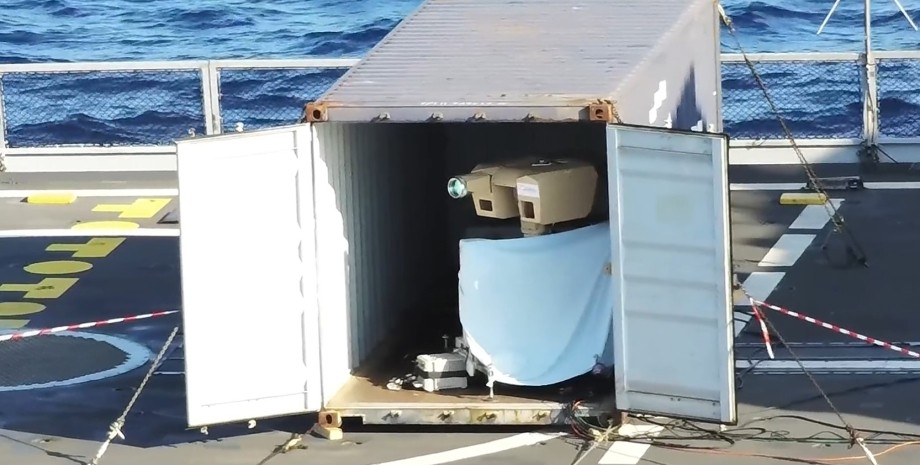

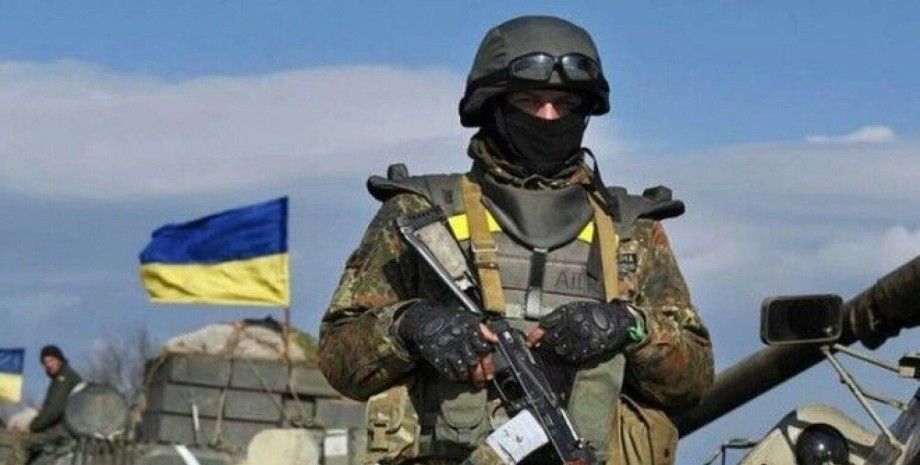
All rights reserved IN-Ukraine.info - 2022